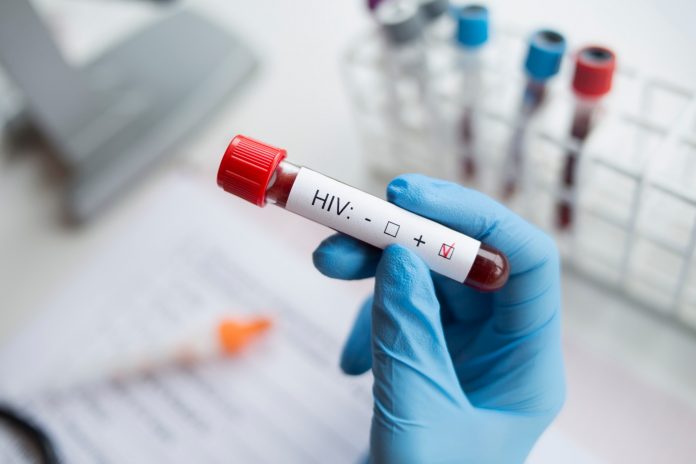In the December issue of Retail Pharmacy magazine, and in recognition of World AIDS Day on 1 December, we too a look at the latest data on the impact of the human immunodeficiency virus (HIV) and acquired immunodeficiency syndrome (AIDS), and how the role of community pharmacy professionals can support their affected clients in living better for longer.
According to the World Health Organisation and the latest and most complete data from 2021, more than 38 million people worldwide are living with HIV, with around 1.5 million new infections and 650,000 deaths last year.
While we’ve come a long way in the treatment and understanding of HIV and the disease of AIDS that it can lead to, still no cure exists for either.
What is HIV?
HIV is a virus, which like other viruses multiplies inside the cells of a host organism to make copies of itself.
The body is left unable to fight off infection and becomes vulnerable to other opportunistic illnesses.
If left untreated, HIV can lead to AIDS, a late-stage HIV infection.
Without access to and proper use of HIV medication, such as antiretroviral therapy, people with AIDS generally survive about three years.
HIV risk factors
Certain conditions put individuals at an increased risk of contracting HIV.
These include the exchange of bodily fluids, such as during unprotected sexual activity, sharing contaminated needles or drug injecting equipment, having another sexually transmitted infection, including herpes or gonorrhoea, or accidental needle stick injuries such as those among health workers.
HIV symptoms
Ranging from symptoms that are life-changing to those that may not even be noticed immediately, HIV infection can feel like the flu within two to four weeks of entering the body and last for a few weeks.
Symptoms mimic those of flu: fever, muscle aches and joint pain, swollen lymph glands, cough and night sweats.
Symptoms become more severe without treatment and under stressful conditions.
HIV diagnosis
Testing remains key.
Since the TGA expanded test access to community pharmacies in late 2021 to support the National HIV/AIDS Strategy, accessibility for people in regional and rural areas has improved.
It’s believed the ability of patients to take a test in the privacy of their homes will increase what is a concerning trend in the decline of testing due to COVID-19 disruptions.
The Australian Federation of AIDS Organisations (AFAO) estimates about 29,000 people are living with HIV in this country, with about 10 per cent of this population unaware they are positive.
HIV management
HIV is treated with a combination of antiretroviral medications that cease the virus’s reproduction in the body.
In this way, the immune system is able to repair itself and prevent further damage.
The amount of virus in the blood is measured to inform dosages and progress.
When a viral load is low enough, it’s possible to engage in sexual activity without infecting one’s partner.
Community pharmacy’s role
Due to their status as trusted client-facing specialists, those working in community pharmacies are well-placed to support those living with HIV by raising awareness and providing education.
In a less formal setting, clients may feel more comfortable asking for advice and exchanging information.
Staff can serve as a conduit to patient populations that experience barriers in feeling stigmatised.
“The more we can do to prevent health concerns from arising in the first place, the better outcomes for all, from patient to the wider healthcare system,” Pharmacy Guild of Australia National President Professor Trent Twomey said.
For more information about World AIDS Day and how your pharmacy can raise awareness about the importance of testing and management in this space, visit: worldaidsday.org
This feature was originally published in the December issue of Retail Pharmacy magazine.








